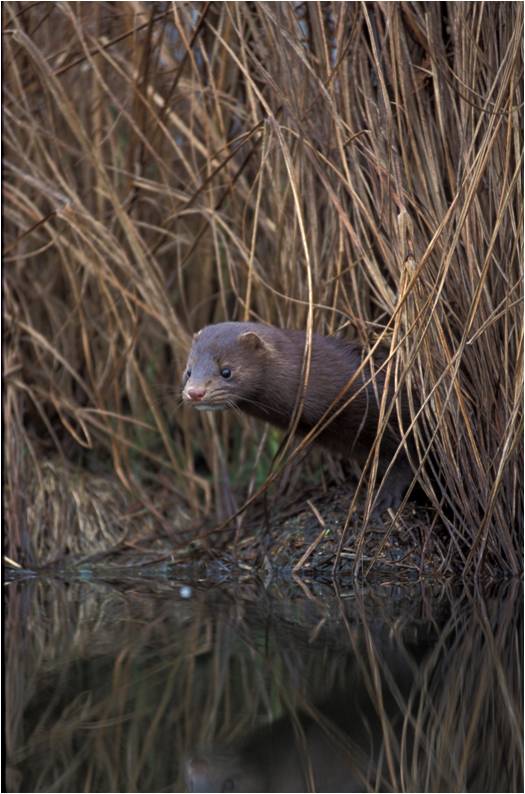News
WildCRU’s Paul Johnson had a clever idea, as he frequently does; this time, as David Macdonald reports, it was about why dogs are not the same as cats
Oddly enough the story began with neither dogs nor cats, but with the weasels and their relatives, the topic of a new book we are publishing entitled The Biology and Conservation of the Musteloids. WildCRU’s Mike Noonan had explored why weasels buck the mammalian tendency for the size difference between males and females of a species to be greater amongst the larger species of a taxon. While our team was fretting over the weasel’s eccentricity (they are tiny, but males are much bigger than females), Paul got distracted by dogs and cats and began to investigate their sexual dimorphism – an enquiry that led us to collaborate, as we often do, with Andrew Kitchener of the National Museums Scotland.
The resulting analysis led to the informative generalisation that a tendency for large-bodied species to have males that are large relative to their females is linked to what they eat, and probably to how their prey items are dispersed. It’s well-known, indeed obvious, that all cats are carnivores. It’s less obvious that a key to their societies is that the distribution of felid prey – be they large or small – may allow female cats to be spatially configured such that males can compete for access to them. In the face of such competition, large size (a proxy for brute strength and ferocity) is an advantage for a male – a large male can, on average, see off a smaller competitor. The size of females on the other hand is constrained by fertility – larger females may be less fertile. Litter size does not increase with body mass in cats. If these separate relationships with size, technically known as allometries, are true – that is, if big bruising males and petite fecund females are both at an advantage, this may explain why, as size increases in a lineage, larger species are more sexually dimorphic – a tendency known as the ‘Rensch’ effect after the biologist who first noted it.
All this is good and well when it comes to thinking about cats, but the fly in the ointment is that the data for dogs are inconveniently at odds with this tidy explanation. Our team, led by Paul Johnson, speculates that dogs flout the Rensch Effect (as did the mustelids mentioned at the outset) because their diets are much more diverse than those of cats (both are Carnivores with a Capital ‘C’, taxonomically, but not with a lower case dietetic ‘c’: dogs are dietetically omnivores!). Carnivorous, that is meat-eating, dogs are more dimorphic than their more omnivorous cousins, but across the family as a whole there is a wide spectrum of body sizes and degrees of dimorphism. Male canids cannot necessarily defend access to females eating less strictly carnivorous diets, and thus the size advantage may be diminished. Furthermore, as dogs tackle larger prey species, they do this by forming packs. The Painted Hunting Dog, for example, Lycaon pictus, is able to tackle prey much larger than itself thanks to this packing-power. Cats are much more rigidly solitary – where they eat large prey species, they benefit from large body size. The largest cat, the tiger (Panthera tigris) is a lot larger than the largest dog, the Grey wolf (Canis lupus). We also observe that, contrary to the cat pattern, larger female dogs do have larger litters. So these diet and fertility effects combine to explain why large dogs ate not very dimorphic, while large cats are.
-
 Mink © A.L.Harrington
Mink © A.L.Harrington





